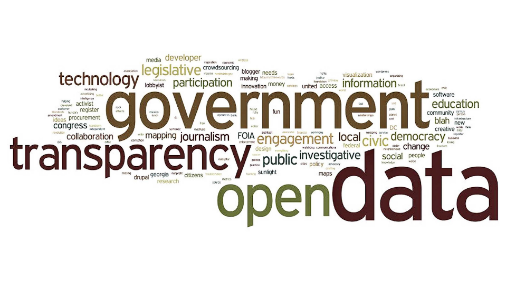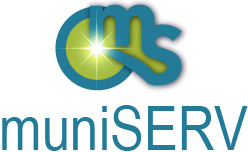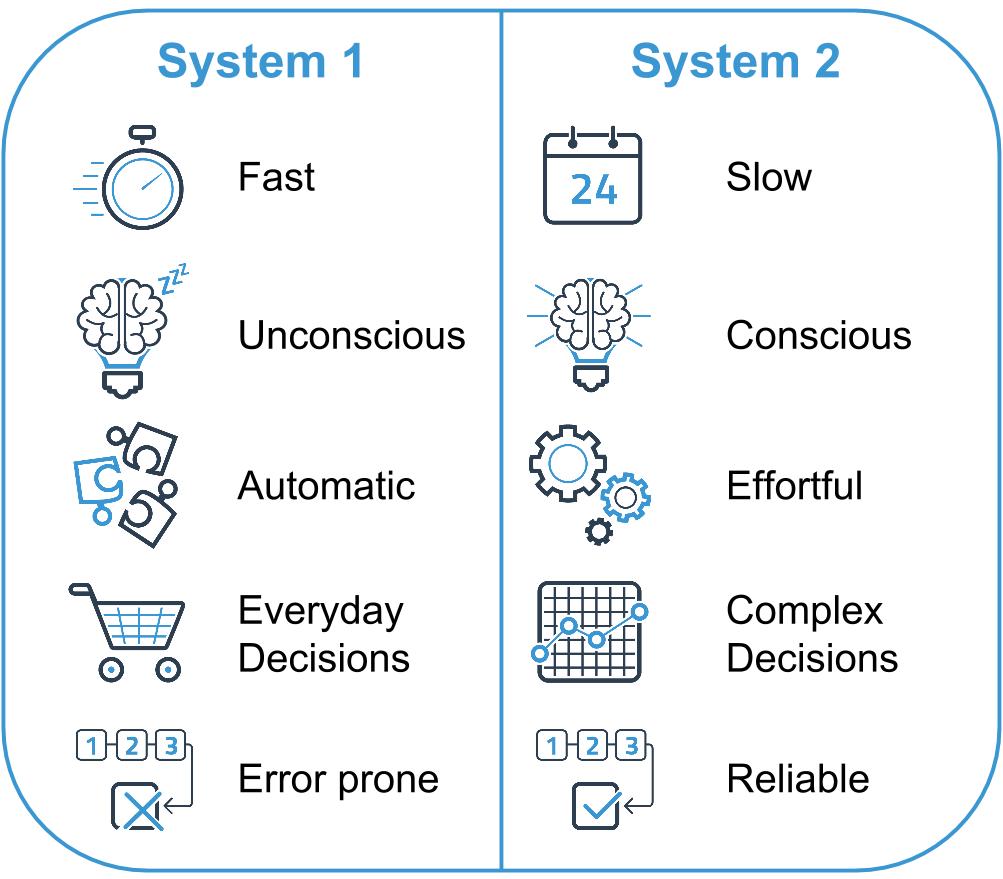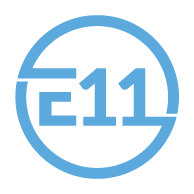If you live somewhere that has a snowy winter, there is no doubt you are familiar with ‘ice-melts’ or ‘road-salts’ being used to create traction and melt ice build-up. Using an ice melt or salt makes it safer to get around outside, both on foot and while driving during these cold, snowy months. You can pick up a bag of salt at most corner stores, hardware stores etc. When a storm is coming, you’ll see fleets of large trucks spreading salt across the city streets and parking-lots alike. But – What is the ‘salt’ being used to melt the snow? Is it safe? Below we will outline 3 of the most common ingredients of ice melt products, and the potential effects on humans, children, pets and the environment.
Sodium Chloride:
Sodium Chloride is the natural mined mineral form of table salt – rock salt or halite as it is sometimes referred. Sodium Chloride is “one of the most abundant minerals on Earth and an essential nutrient for many animals and plants. It is naturally found in seawater and in underground rock formations.” Source Sodium Chloride is generally inexpensive in comparison to other types of ice-melting products, however its “lowest effective temperature [is] 20°F (-7°C), [making it a] relatively slow and ineffective ice-melter when temperatures are coldest.” Source
Every year in Canada, “5 million tonnes of road salt is used to de-ice roadways.” Source This salt “dissolves into sodium and chlorine ions” which often make its way to waterways, posing risks on aquatic life. Other negative side effects can include “harm […] to plant life, so it shouldn’t be used near vegetated areas.” Rock salt is also “similarly dangerous to pets [and wildlife] since it causes disorders when ingested.” Source
Calcium Chloride:
Unlike Sodium Chloride, Calcium Chloride works in quite extreme temperatures. Calcium Chloride is “able to melt ice at a lower temperature point of -20°F (-29°C) … Over exposure […] can harm lawns and other plants if deicer is over applied.” Source Calcium Chloride not only melts ice at a lower temperature but it also melts it quicker, this is due to the heat it gives off as it dissolves after contact with water. “[A] study found that at -7 C (20 F), [Calcium Chloride] has 22% more penetration after 10 minutes and 38% after 30 minutes than [Magnesium Chloride].” Source
Magnesium Chloride:
Similar to Calcium Chloride, Magnesium Chloride also releases heat when it encounters moisture. It can work in temperatures as low as -5°F (-20°C). Unlike other forms of salt or deicer, Magnesium Chloride dissolves quickly when it is on ice, making it effective for a shorter period, in turn causing it to be more expensive. Source However, the water created from the rapidly melting ice also dilutes the magnesium chloride at a quicker rate than other products, making it less corrosive on roads, parking lots and other surfaces.
Each of the three ice-melt products listed above have PROS and CONS when it comes to their impact on human health and the environment. While Calcium and Magnesium Chloride were oftentimes in my research being described as less harmful to the environment – as shown on the Safety Data Sheet sections above – in large quantities they can all be dangerous, especially to pets, wildlife and aquatic life. When it comes to choosing which product to use, it is best to consider your specific scenario before deciding on your ice-melt product. Location, quantity, temperature as well as checking for other toxic ingredients are all things to consider when making your decision. Many cities, businesses and environmentalists have experimented with alternative solutions; everything from pickle brine to molasses to volcanic rock! Until an alternative replaces the use of road salts altogether be sure to take the appropriate precautions when working with ice-melt/salt products this winter.
Sources:
- https://www.thoughtco.com/chemical-composition-of-road-salt-609168
- http://www.waterkeeper.ca/blog/2017/11/27/winter-pollution-the-environmental-impacts-of-road-salt
- https://masslandlords.net/should-i-use-rock-salt-or-calcium-chloride-an-overview-of-ice-removal/
- https://www.oxycalciumchloride.com/sidewalk-ice-melting/effective-ice-melting/how-to-melt-ice-effectively/choosing-the-right-deicer
- https://www.des.nh.gov/organization/divisions/water/wmb/was/salt-reduction-initiative/impacts.htm














.png)
.jpg)



